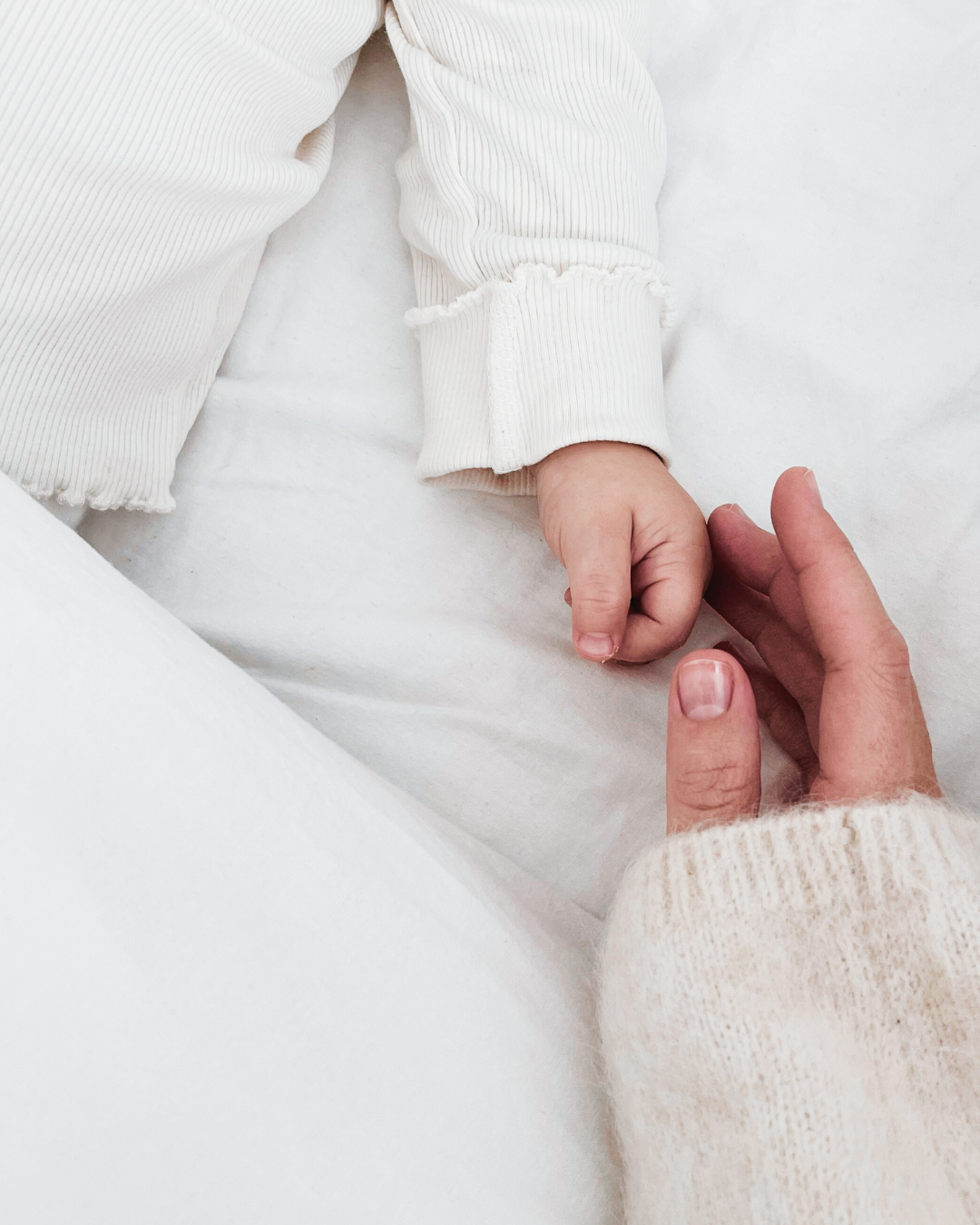Supporting Your Child When They are Afraid of the Dark

Bedtime should be a calm and peaceful time for both you and your child, but when your little one is afraid of the dark, it can be challenging. Fear of darkness is a common childhood fear, but with the right strategies and a little patience, you can help your child feel safe and secure at bedtime. In this guide, we'll explore effective ways to support your child when they're afraid of the dark.
Understanding the Fear
Before we dive into strategies, it's important to understand why children often develop a fear of the dark:
- Imagination: Children have vivid imaginations, and when the lights go out, their minds can conjure up all sorts of scary scenarios.
- Lack of Control: Darkness can make children feel like they've lost control of their environment, leading to anxiety.
- Separation Anxiety: Fear of the dark can be linked to separation anxiety, as nighttime means being away from parents.
Creating a Comforting Bedtime Routine
- Open Communication: Encourage your child to talk about their fears. Ask them what specifically scares them about the dark. Validate their feelings, letting them know it's okay to feel this way.
- Gradual Exposure: Start by gradually dimming the lights during the bedtime routine rather than suddenly plunging the room into darkness. You can use nightlights with adjustable brightness to make the transition less abrupt.
- Choose a Special Nightlight: Allow your child to pick out a nightlight in a fun shape or their favorite color. Make it a positive and exciting experience.
- Bedtime Storytime: Reading a bedtime story is a great way to create a sense of security. Choose stories with themes of bravery and conquering fears to empower your child.
- Comfort Objects: Some children find comfort in a favorite stuffed animal or blanket. Let them have these familiar items at bedtime.
Safety and Security
- Nightlight Placement: Place the nightlight strategically, so it casts a gentle glow throughout the room but doesn't create harsh shadows.
- Door Open or Closed: Let your child decide if they want the bedroom door open or closed. Feeling in control of their sleep environment can help alleviate anxiety.
- Reassurance: Reassure your child that you're nearby and that they can call for you if they need anything. A simple "I'm here" can work wonders.
Gradual Desensitization
Overcoming a fear of the dark is a gradual process. Here are some additional strategies:
- Bedtime Routine Chart: Create a bedtime routine chart with stickers. Each completed step in the routine earns a sticker. This adds a positive element to the bedtime process.
- Reward System: Implement a reward system where your child receives a small reward for staying in bed through the night without calling for you due to fear. (I love using sticker charts for morning rewards, they are simple but effective)
Conclusion
Helping your child overcome their fear of the dark is a process that requires patience, empathy, and understanding. By implementing these strategies and creating a comforting bedtime routine, you can gradually ease your child's fear, making bedtime a more peaceful and pleasant experience for the entire family.
Remember that each child is unique, so be flexible and willing to adapt these strategies to suit your child's specific needs and preferences.
Restful Baby Blog





